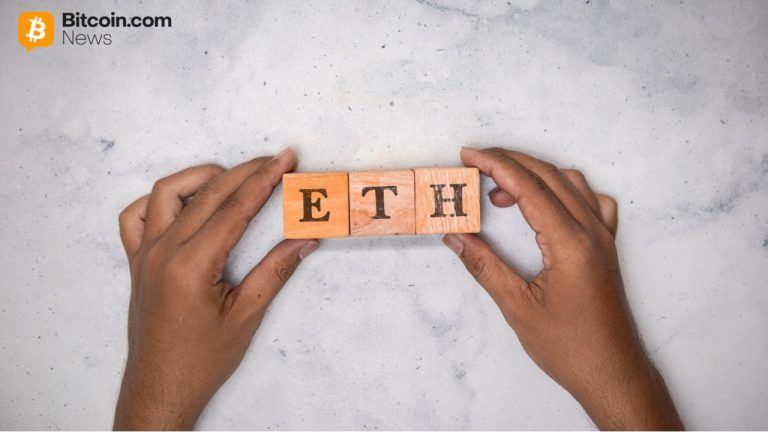S&P: Some Illinois school districts face worsening credit pressure
2 min read

Bloomberg News
Some Illinois school districts face worsening credit pressure due to rising personnel and special education costs and slower home price growth in Illinois, leading to moderating property tax revenue-raising flexibility, S&P Global Ratings said Monday.
In a means and medians credit brief on Illinois school districts, S&P warned that year-to-date downgrades have outpaced upgrades by 1.2x.
That stands in contrast to 2024, when upgrades outpaced downgrades by 5x, S&P said.
Of the 432 Illinois school districts S&P rates, three have positive outlooks and eight have negative outlooks.
School districts are contending with heightened macroeconomic uncertainty, slower revenue growth, and elevated labor costs associated with teacher shortages that have persisted post-pandemic, the rating agency said.
“We expect these factors will lead to financial difficulties for some districts, particularly lower-rated districts that have limited long-term planning and a smaller reserve cushion to navigate a tighter fiscal environment,” S&P said, noting that it has revised the rating outlooks on six school districts to negative so far in 2025, versus none in 2024.
S&P Senior Analyst Charlie Salmans and Managing Director Sarah Sullivant said by email that special education costs in particular are rising across the board, based on their conversations with school finance officials.
“These costs can be especially challenging for districts with small budgets because they can be unpredictable, relatively inflexible, and difficult to scale,” they said.
In Illinois, the state funding formula’s hold-harmless provision has provided some budgetary stability. Under that provision, school districts receive at least as much evidence-based funding as they did in the previous year.
In other states, enrollment declines have often led to reduced funding and financial difficulties, Salmans and Sullivant noted.
But with the federal government pulling back on funding to states, state funding will be more uncertain in future years, S&P said.
Additionally, Illinois school districts face a softening revenue picture, with corporate personal property replacement tax distributions plummeting from $2.6 billion in 2022 to $1.3 billion in 2024 to around $700 to $800 million in the next few years, by S&P’s estimate.
Those distributions had climbed above historical levels due to a confluence of factors, such as inflation, pent-up demand and statutory changes.
“Districts that used pandemic relief funds, which are no longer available, to cover underlying deficits or address recurring personnel costs might also be experiencing budget problems, possibly reflecting inadequate long-term planning or optimistic budgeting practices,” S&P said in the report.






